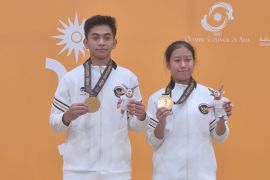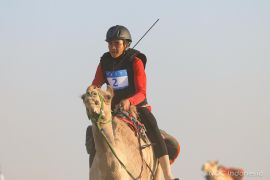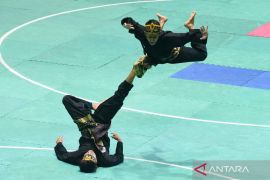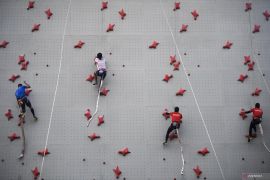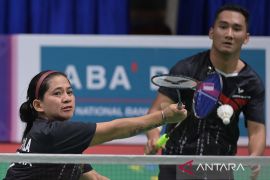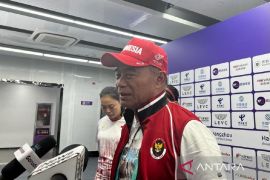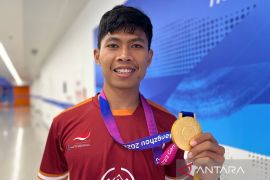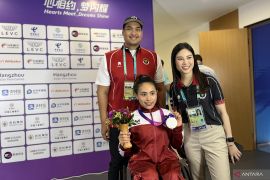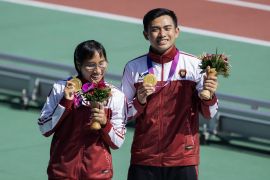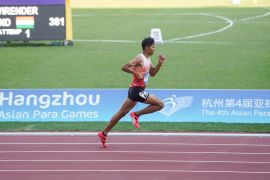The exhibition`s guide coordinator, Ratu Fidelis, said here on Thursday that the exhibition "Indonesia Semangat Dunia," or "Indonesia the Global Spirit" not only coincides with the Asian Games but is also in line with the main theme of the sporting event, "Energy of Asia".
The exhibition showcases artworks that depict mutual cooperation among Indonesians during a time of struggle and put the Indonesian motto of Bhinneka Tunggal Ika, or Unity in Diversity, at the forefront, Fidelis said.
The painting "Nobody Wants to Return Despite Imminent Doom," for instance, demonstrates the unity and solidarity of Southeast Asia`s biggest country by exploring the nuances of war.
Even after the Indonesian War of Independence, the work still urges people to keep the revolutionary spirit alive, Fidelis emphasized.
In addition, the spirit of internationalism is another main subject of "Indonesia Semangat Dunia."
The displayed pieces reinstate the limits of nationalism in art with universal humanity, according to the introduction inside the exhibition.
Irsan Tastari, a student of the University of Pelita Harapan who visited the exhibition, stated that the sculpture "Soviet Warrior, The Liberator" transcends the boundaries of traditional nationalism and portrays a soviet soldier saving a young German girl from Nazis.
The exhibition`s idea of working together in a diverse world, transcending the boundaries of countries, is also embodied by the Asian Games.
The sporting event`s theme, Energy of Asia, presents the diversity of Indonesian culture, heritage, and legacy and emphasizes vitality, as these elements join forces, according to the 18th Asian Games` official website.
The Asian Games` mascots play another important role in promoting the nation`s ideals. The mascot trio -- Bhin-Bhin, the bird of paradise; Atung, the deer; and Kaka, the rhino -- represents strategy, speed, and strength respectively and symbolizes teamwork among different qualities.
The exhibition, running from Aug 3 to Aug 31, displays 45 items from the Indonesian presidential art collection. They have been kept in the six presidential palaces in Jakarta, Bogor, Cipanas, Yogyakarta, and Tampaksiring.
Editing by Azi Fitriyanti, Rahmad Nasution
Reporter: Chi Jo-yao
Editor: Fardah Assegaf
Copyright © ANTARA 2018

